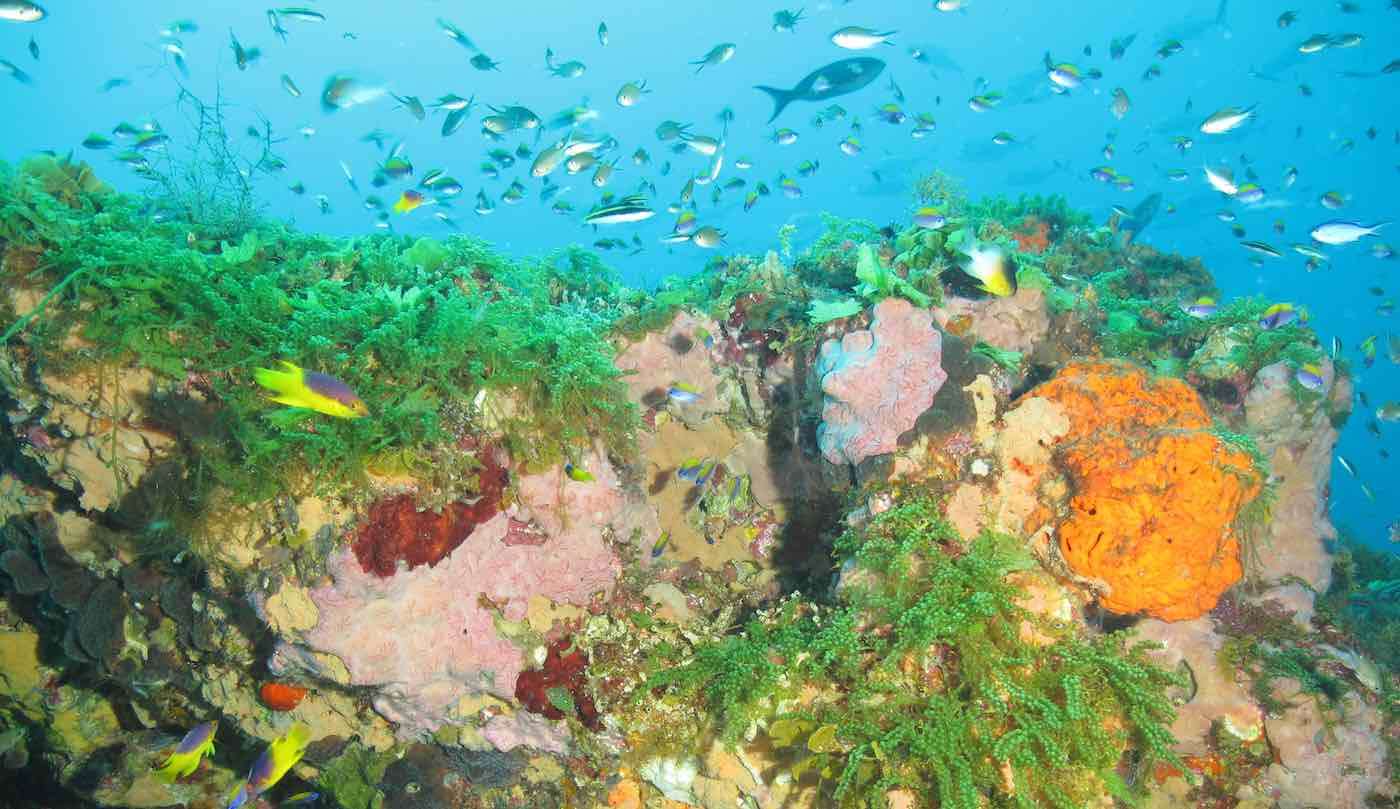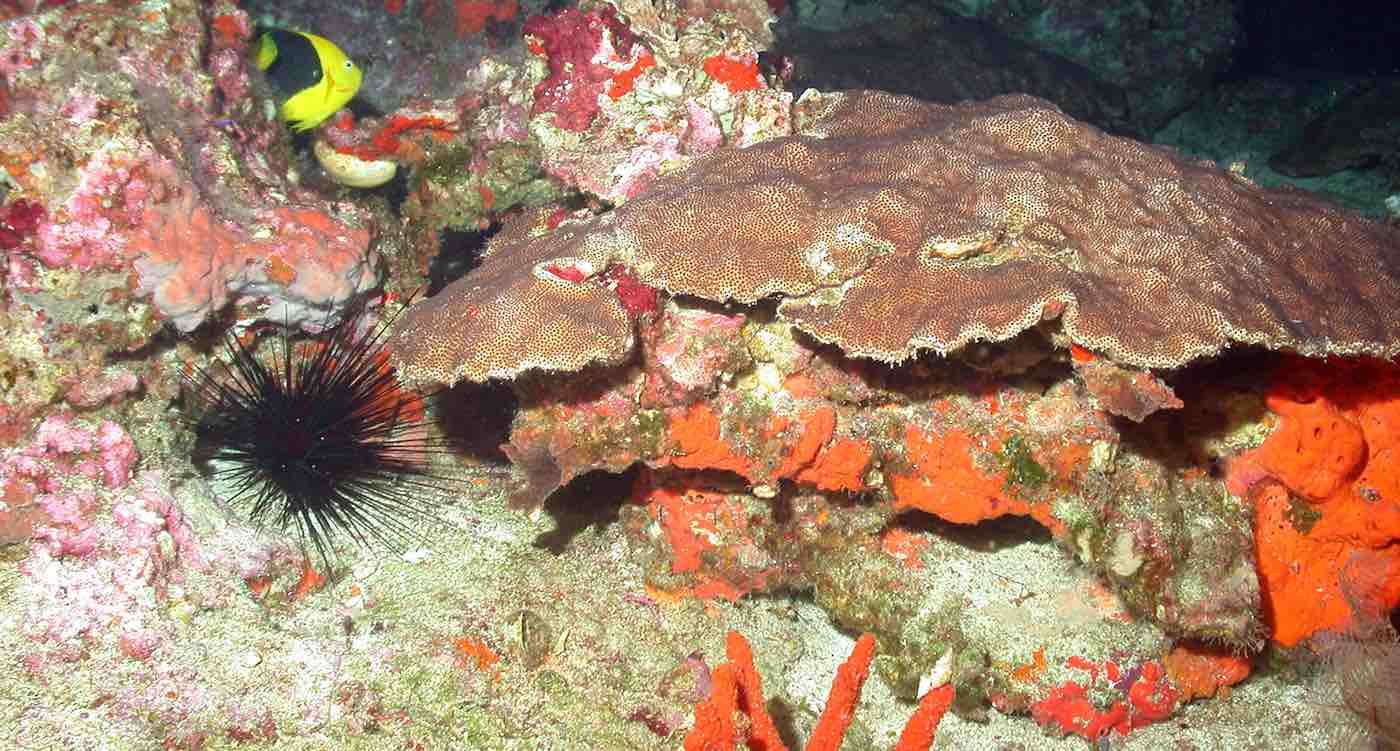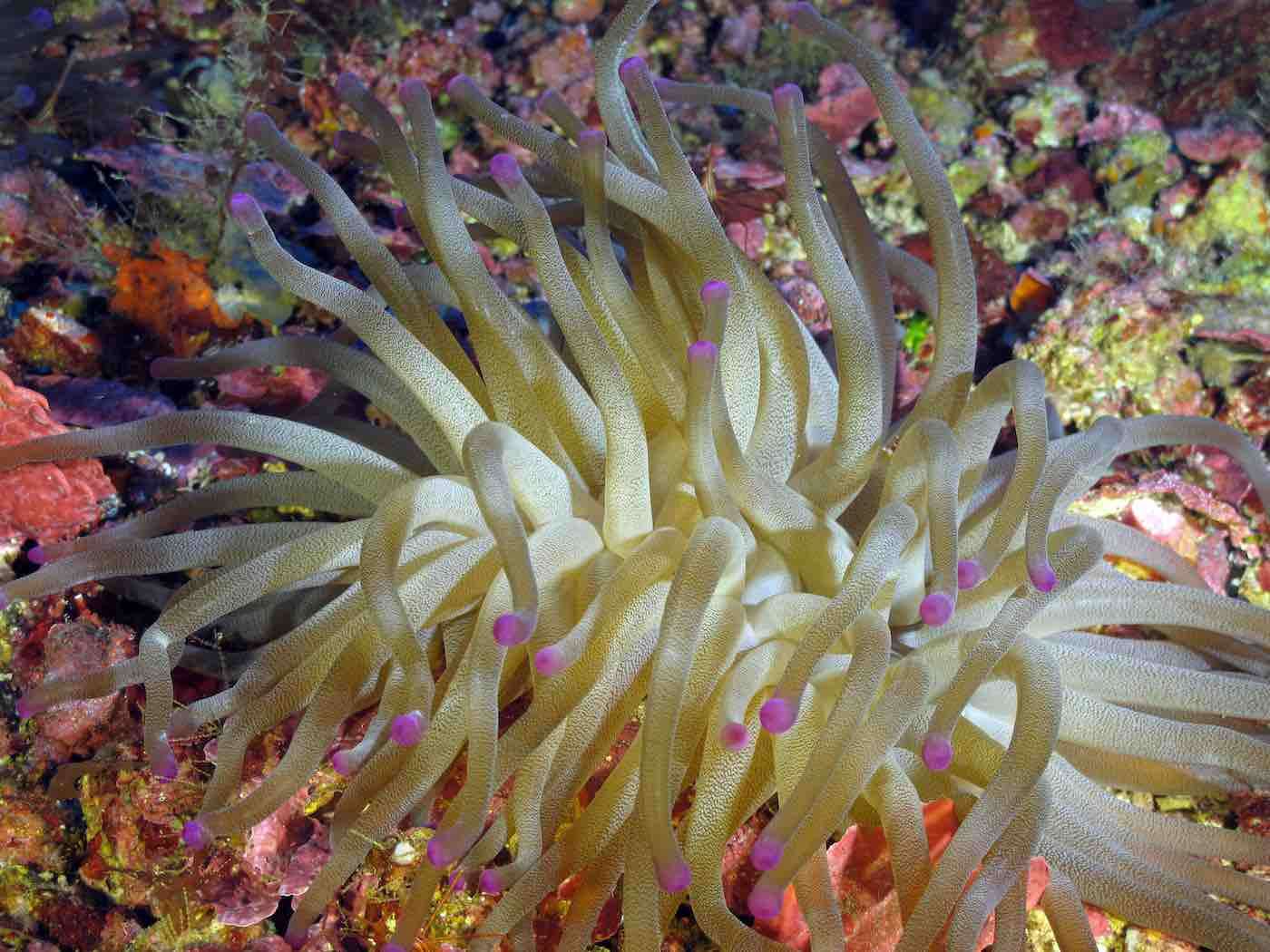Fiji's Corals Are Bouncing Back After Being Reduced to Rubble in Historic Storm
In the marine reserves of Namena and Vatu-i-ra in Fiji, coral reefs devastated by 2016 Cyclone Winston are rapidly recovering.

The Gulf of Mexico's largest coral sanctuary just got 200 percent bigger, now that the U.S. government formally approved the expansion of the Flower Garden Banks National Marine Sanctuary.
NOAA tripled the sanctuary's size, located off the coasts of Louisiana and Texas, to protect some of the healthiest and most beautiful coral reefs in the world.
"They are special because they remain healthy," said Dr. Tom Bright of Texas A&M University, known as 'the father of the Flower Garden Banks.'
"The coral cover here is greater now than when we first began studying them in the 1970s and 80s."
Increasing the sanctuary's size from 56 square miles to 160 square miles builds upon the rich 30-year history of scientific studies and public review of the preservation of this special place.
"The more we found out about these areas, the more we realized that they are as diverse and as productive as any marine communities in the world," said G.P. Schmahl, Superintendent of the sanctuary.

The expansion, announced in January, adds 14 additional reefs and banks that provide important habitat for recreationally and commercially important fish, such as red snapper, mackerel, grouper and wahoo, as well as threatened or endangered species of sea turtles, corals and giant manta rays.
Protections in these new areas will limit impact of activities such as fishing with bottom-tending gear, ship anchoring, oil and gas exploration and production, and salvage activities on sensitive biological resources, according to the NOAA announcement.
"Adding these ecologically significant reefs and banks will protect habitats that contribute to America's blue economy and drive ecological resilience for much of the Gulf of Mexico region's thriving recreation, tourism, and commercial fishing," said retired Navy rear admiral Tim Gallaudet, Ph.D., deputy NOAA administrator.

Located 115 miles off the coasts of Texas and Louisiana, NOAA first designated the National Marine Sanctuary in 1992. Four years later, Stetson Bank, located 80 miles off the Texas coast, was added to the sanctuary through Congressional action.
Expansion of the sanctuary emerged as one of the top priority issues following the 2010 Deepwater Horizon oil rig explosion, which resulted in the largest offshore marine oil spill in U.S. history, with government scientists and non-governmental organizations urging additional protections for marine life and essential Gulf habitat.
The expansion is expected to go into effect this spring, once Congress has been in session for 45 days.
WATCH the amazing video of dozens of wondrous species…
SHARE the Great News With Divers and Nature Lovers on Social Media…
Be the first to comment